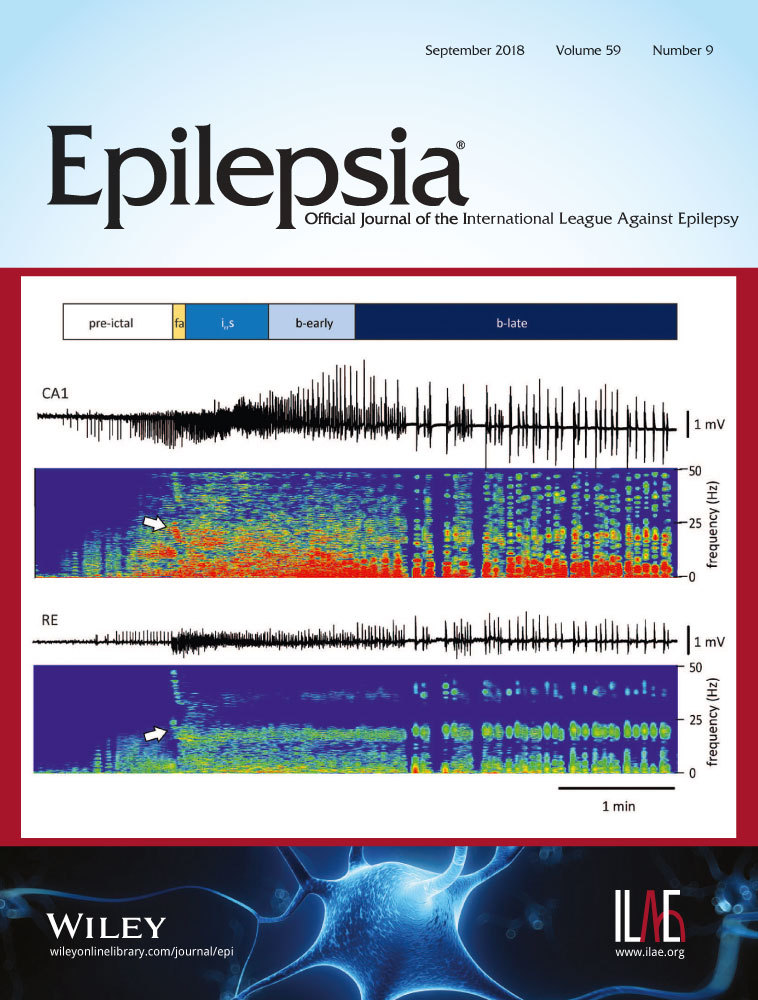Techniques for placement of stereotactic electroencephalographic depth electrodes: Comparison of implantation and tracking accuracies in a cadaveric human study
Funding information
This study was funded by Dixi Medical, Chaudefountaine, France.
Summary
Objective
Stereotactic electroencephalography (SEEG) is used for the evaluation and identification of the epileptogenic zone (EZ) in patients suffering from medically refractory seizures and relies upon the accurate implantation of depth electrodes. Accurate implantation is critical for identification of the EZ. Multiple electrodes and implantation systems exist, but these have not previously been systematically evaluated for implantation accuracy. This study compares the accuracy of two SEEG electrode implantation methods.
Methods
Thirteen “technique 1” electrodes (applying guiding bolts and external stylets) and 13 “technique 2” electrodes (without guiding bolts and external stylets) were implanted into four cadaver heads (52 total of each) according to each product's instructions for use using a stereotactic robot. Postimplantation computed tomography scans were compared to preimplantation computed tomography scans and to the previously defined targets. Electrode entry and final depth location were measured by Euclidean coordinates. The mean errors of each technique were compared using linear mixed effects models.
Results
Primary analysis revealed that the mean error difference of the technique 1 and 2 electrodes at entry and target favored the technique 1 electrode implantation accuracy (P < 0.001). Secondary analysis demonstrated that orthogonal implantation trajectories were more accurate than oblique trajectories at entry for technique 1 electrodes (P = 0.002). Furthermore, deep implantations were significantly less accurate than shallow implantations for technique 2 electrodes (P = 0.005), but not for technique 1 electrodes (P = 0.50).
Significance
Technique 1 displays greater accuracy following SEEG electrode implantation into human cadaver heads. Increased implantation accuracy may lead to increased success in identifying the EZ and increased seizure freedom rates following surgery.




